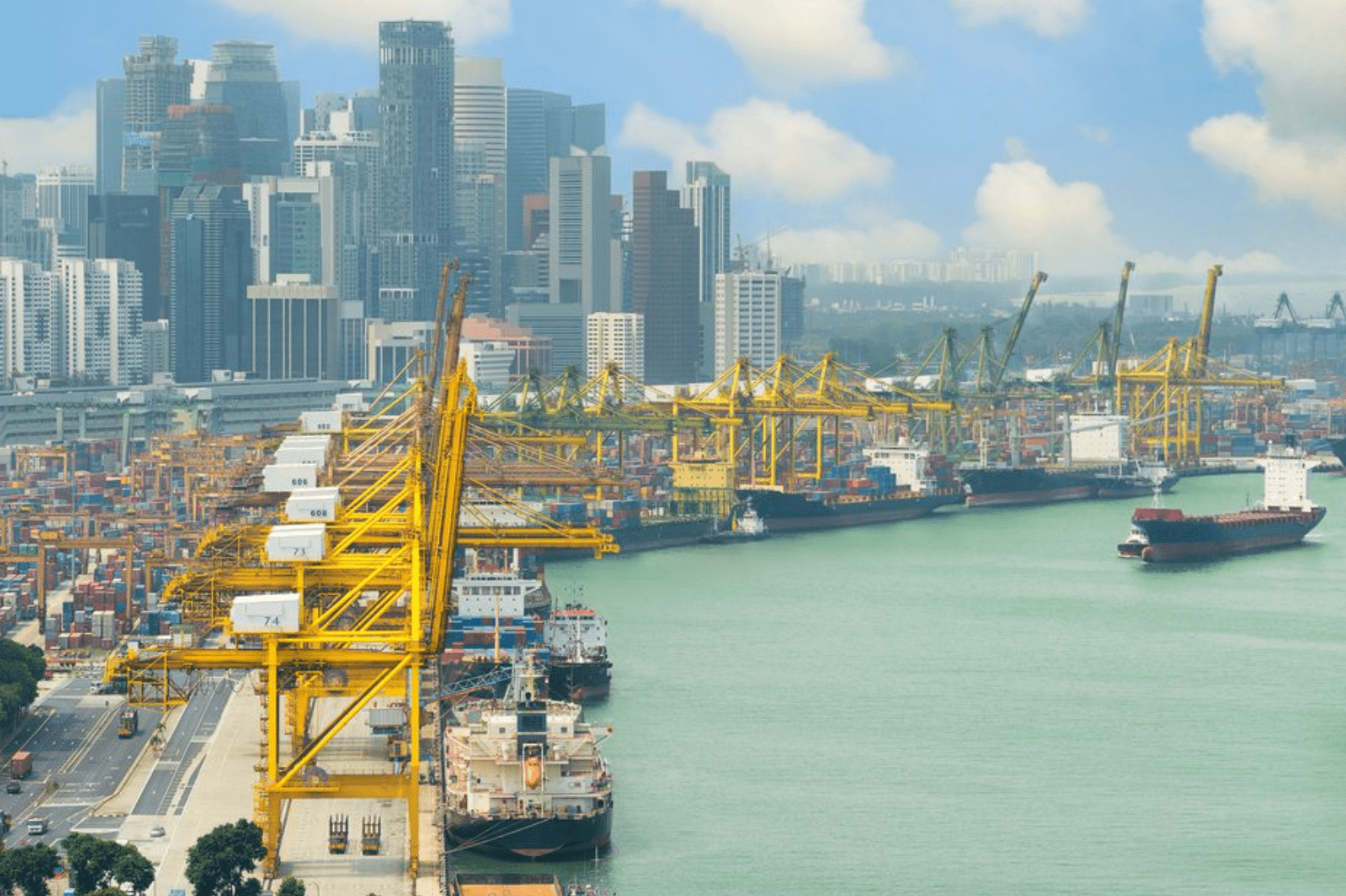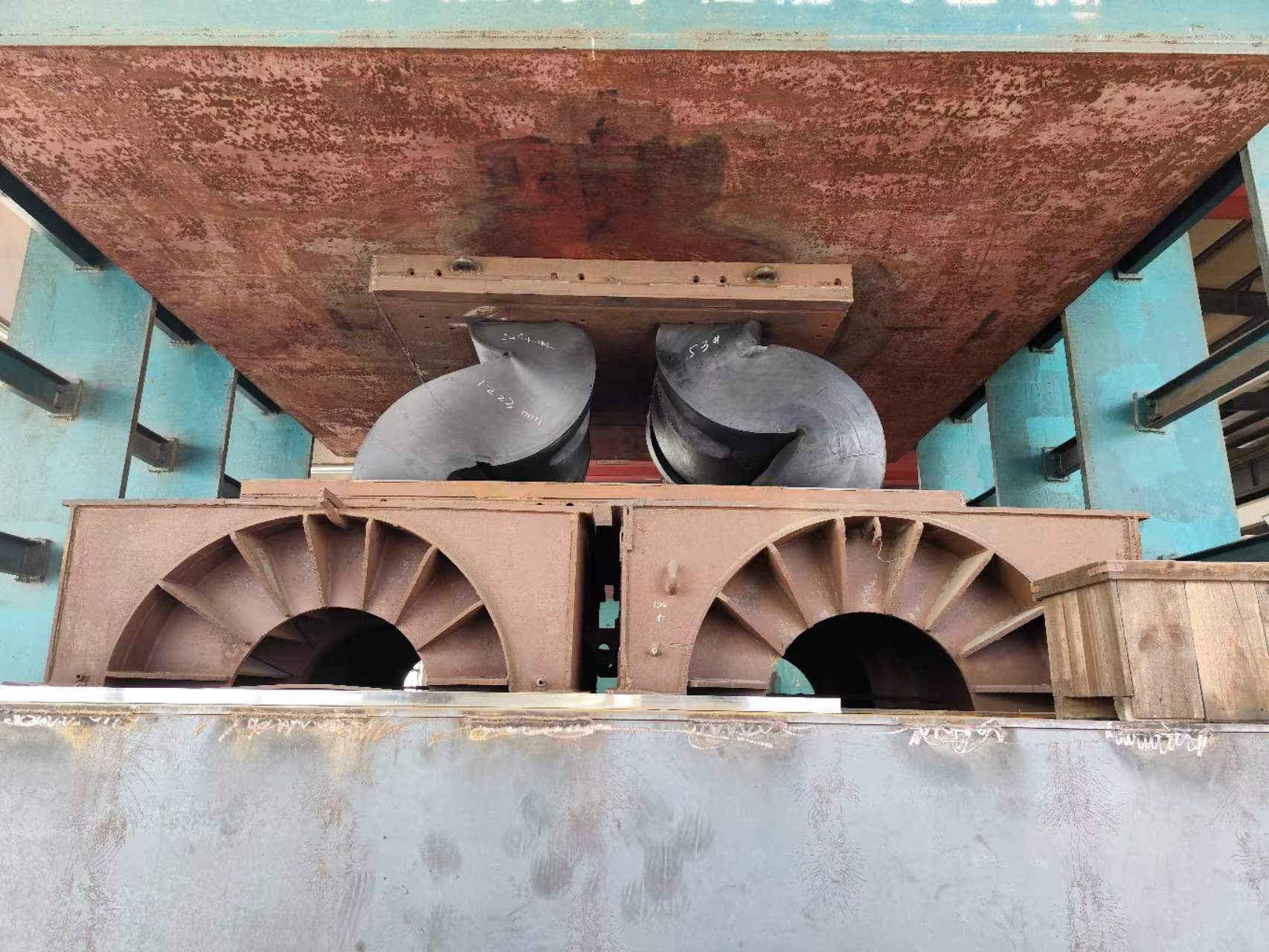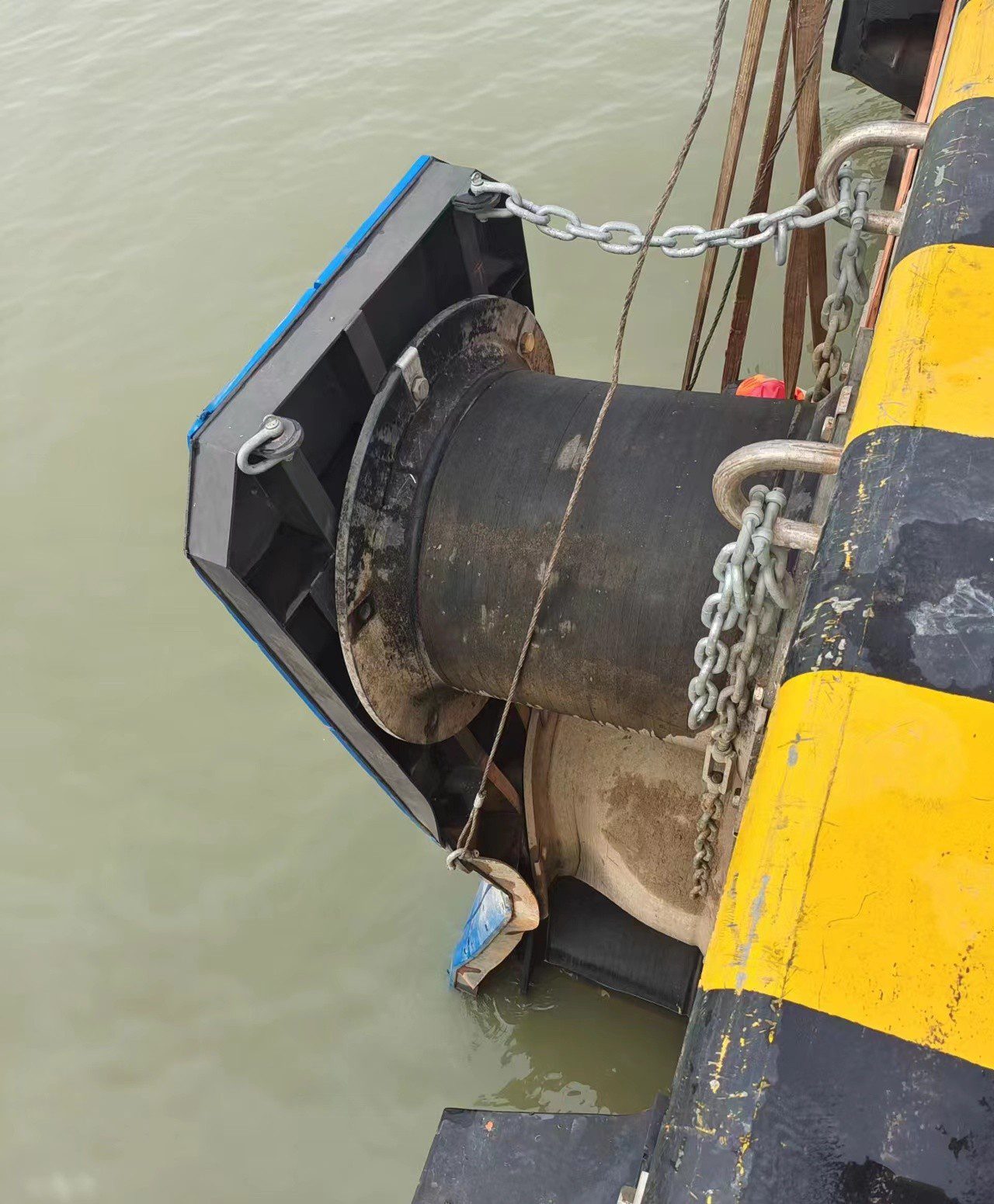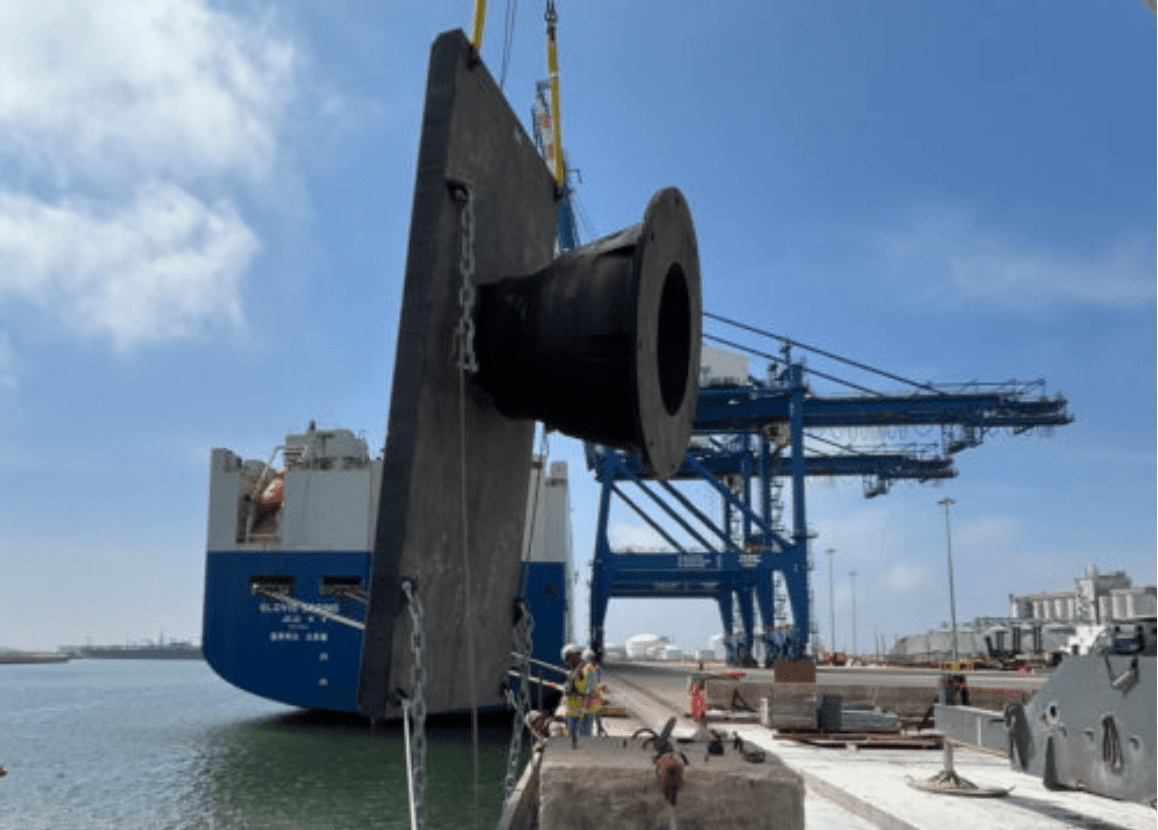Regular mooring bollard inspection is essential for maintaining safe and efficient berthing operations. Even the strongest bollards can deteriorate under continuous load, vibration, and exposure to marine environments. A structured inspection program helps prevent failures and ensures long-term reliability.
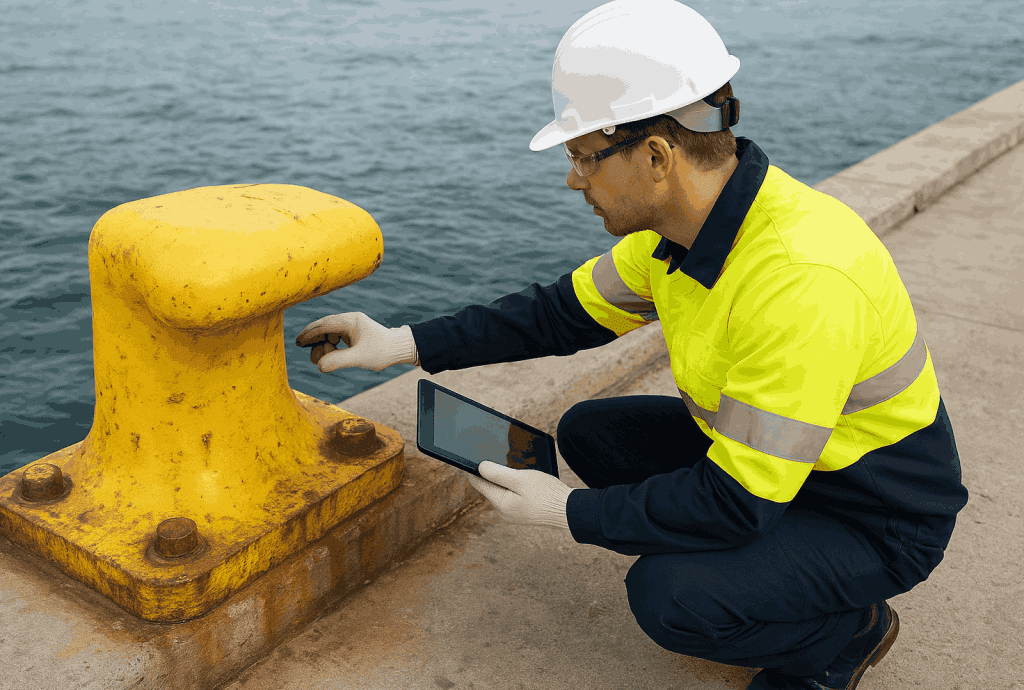
1. Visual Inspection
Start by checking for visible damage—cracks, corrosion, or deformation on the bollard head and base. Inspect anchor bolts for rust or movement, and confirm that coatings remain intact to prevent further corrosion.
2. Structural and Foundation Check
Use non-destructive testing (NDT) methods such as ultrasonic or magnetic particle inspection to detect internal cracks. Examine the concrete foundation for spalling or settlement, and make sure the bollard remains properly aligned and firmly anchored.
3. Inspection Frequency
Standard docks: every 6–12 months
Heavy-duty terminals: every 3–6 months
After extreme weather: immediate inspection
Keeping consistent inspection records helps track performance and anticipate maintenance needs.
4. Maintenance and Replacement
If severe corrosion, cracks, or looseness are found, repair or replace the bollard following manufacturer recommendations. Using certified materials and correct torque values ensures long-lasting performance.
Conclusion
Regular inspection and maintenance of mooring bollards safeguard vessels, personnel, and port infrastructure. For reliable ship bollards, trust SME for high-quality products and professional guidance.

